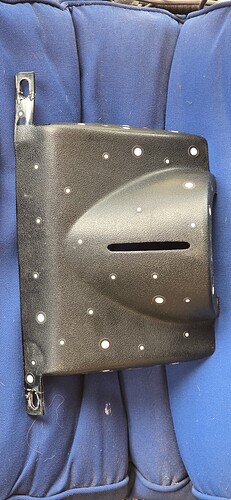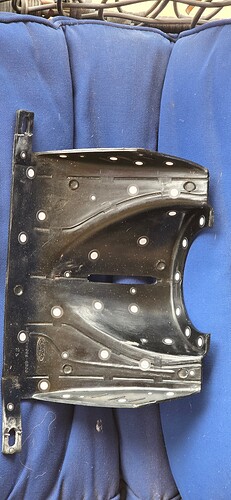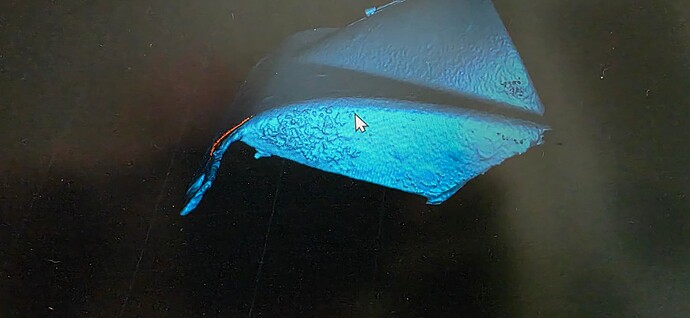I have an old car part im trying scan with a Ferret Pro. They come out very rough, especially on the narrow edges. Ive used spray, markers, varied the lighting, changed the base for better contrast, put markers on the base to improve tracking. Still get a very rough surface.
Any ideas on what i can do to improve the scan?
I’ve found that the scan gets rough toward the edge of the scan area - for a stand-alone part like this try putting it on a larger marker’d table and over-scan everything, then trim the junk off around the edges. Flip the part and make many coverage scans, trim them all, and then do a marker alignment (merge in Creality-speak).
Unfortunately the CrealityScan software is pretty lacking in workflow support to achieve this without a tremendous amount of frustration and rework. There’s no way to add additional scan data to a region once it’s been merged, you have to take the whole thing apart, fill in a hole, and then re-optimize and re-merge it all again. Non-destructive layer-based merge should be quite straightforward, the global marker to global-global marker transformation is just 6 numbers to keep around. Heck, even being able to see those I’d be fine (not really, but it’s better than the current system) and re-enter them by hand instead of waiting on the system to re-solve the merge each time.
Unfortunately there’s a tremendous amount of pragmatism needed in using these scanners in 2025. The hardware is amazing, the software and workflow sucks. Be critical about what features you actually need to move forward with, and if there’s some rough area or missing detail or whatever it’s honestly oftentimes easier to figure out how to smooth it out or re-draw it in some other software later.
I really hope that 3D scanning sees a push to open-source support soon; that will drive a boom and make them viable like we’ve seen in 3D printing in the last 10 years. When that technology started it was also tremendously time consuming nonsense to get working, now they’re like an inkjet printer in reliability and ease of use (that is to say, not as good as a laser printer, but enough for basic users to just use, and not be “printer mechanics”). I hope 3D scanning gets to be like a basic point-and-shoot digital camera from the early 2000: functional, not fancy, and doesn’t require a ton of tweaking to make work. I want to spend time on creating and modifying parts and artwork or whatever, not on figuring out how to get the infrastructure to just do it’s damn job.
1 Like
I already trimmed the base parts off. Scanned it from 3 angles so there were a bunch of planar extras to remove!


